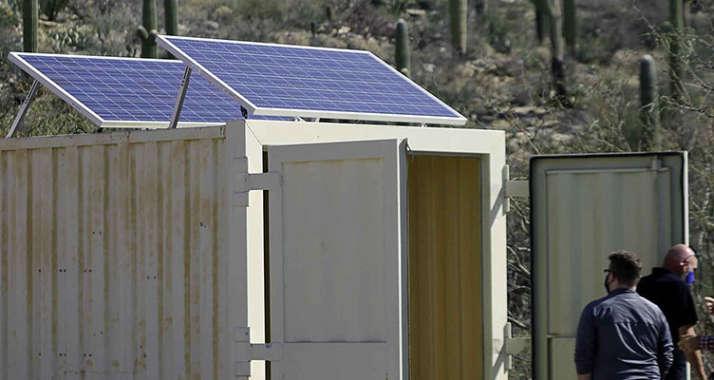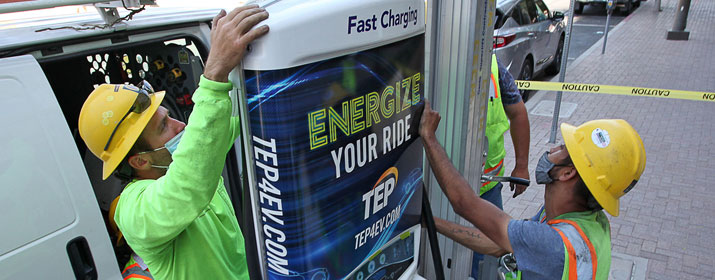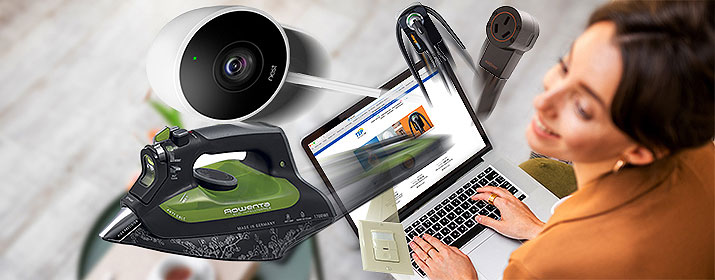
We often don’t think about how we’re using electricity when we’re rooting around for that fancy mustard hiding in the far back corner of the refrigerator.
But since kitchen appliances can be an energy draw, it’s worth taking a cold, hard look at these five tips to make your refrigerator more energy efficient:
Check your door seals. If your refrigerator door seal isn’t airtight, your refrigerator will work overtime to maintain the proper temperature. To test your seal, try the paper test: shut the door on a piece of paper that’s half in and half out of the fridge. Then try pulling the paper out. It should not pull out easily if your seals are working as they should.
Get organized. An organized refrigerator not only helps reduce food waste, but has an added bonus of using less energy by reducing the amount of time you spend with the door open. Follow the refrigerator’s design for food storage so you can readily access produce and deli items in the appropriate drawers. Keep leftovers and commonly used items at eye level, and try grouping the items you use together so you can quickly retrieve everything you need for your next snack.
Flip your fridge. ENERGY STAR-certified refrigerators are about 9 percent more energy efficient than other models. According to the Department of Energy, replacing an old energy hog with a new certified model can save more than $220 over a refrigerator’s average 12-year lifetime. It’s also better for the environment. If all refrigerators sold in the U.S. were ENERGY STAR certified, we’d reduce our greenhouse gas emissions by 19 billion pounds per year. Check out this tool on the Energy Star website to find out how much your old refrigerator or freezer costs to operate and how much you could save by flipping it.
Maintain the right temperature. The refrigerator temperature should be set at or below 40 degrees, and the freezer temperature should be set to 0, according to safety standards set by the U.S. Food and Drug Administration. And while the FDA recommends never allowing foods that require refrigeration to sit at room temperature for more than two hours, you should allow hot leftovers cool down to room temperature before refrigerating them to avoid making the fridge work that much harder to get back to the right temperature. Also, make sure to cover or wrap liquids or foods, since the moisture released by uncovered food will make the compressor work harder.
Keep it closed. Try not to leave the doors wide open for extended times while you’re putting away groceries; the same holds true in a power outage. An unopened refrigerator will keep food safely cold for about four hours without power, while a full freezer can protect food for about 48 hours without power. For longer outages, consider packing cold and frozen foods into coolers or pack ice into your refrigerator. As a general rule, perishable foods left in temperatures above 40 degrees for more than two hours should be thrown away.






